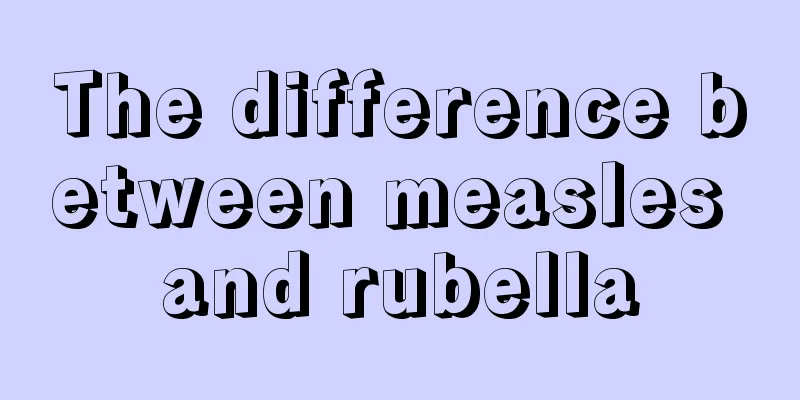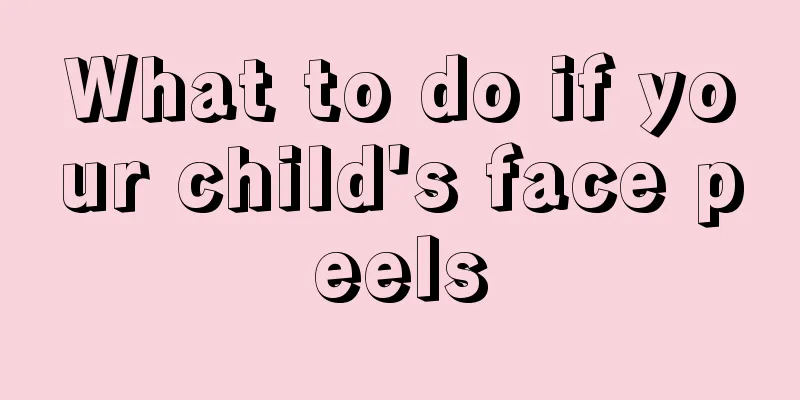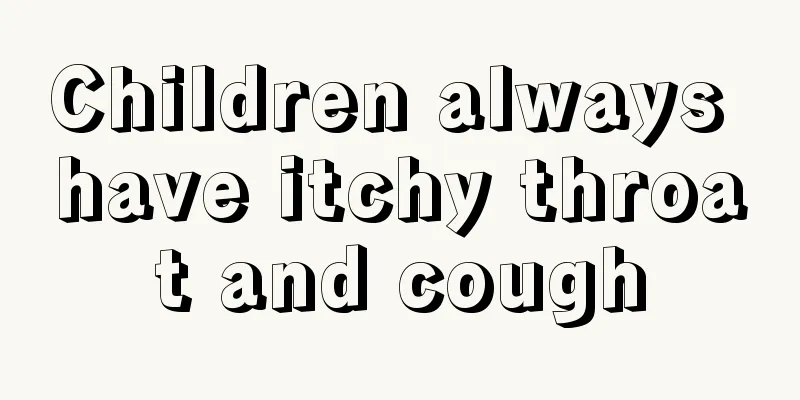The difference between measles and rubella

|
Children's physical resistance cannot be compared with that of adults, so many times, if they are not careful, they will be easily affected and harmed by some diseases. If they fail to pay attention to scientific and effective treatment, it may even cause other complications. Therefore, parents should pay more attention when taking care of their children, and learn to distinguish between measles and roseola in children. Roseola infantum is a common disease in early childhood, more common in infants around 6 months old. The virus enters the body through the respiratory tract and after a period of incubation, fever begins. The onset is very "ferocious" and the fever can reach 39-40℃. After 3-5 days, the body temperature drops suddenly and red maculopapular rashes appear all over the body. After 2-3 days, the rash will disappear on its own. It is reported that most children have suffered from this disease before the age of 2. Measles is an acute systemic rash infectious disease caused by the measles virus. Measles is highly contagious and the general population is susceptible. More than 90% of non-immune people will develop the disease after contact with patients. Both children and adults can develop the disease. When the rash appears, the patient often has symptoms such as fever, runny nose, cough, and conjunctival congestion. Suggestions: In addition, acute rash is a rash that appears after the fever subsides, while measles is a rash that appears during the fever and the fever continues and may worsen. In addition, measles patients are often accompanied by symptoms such as fever, runny nose, cough, and conjunctival congestion. Children with roseola are still relatively active, while those with measles are usually more miserable. Because children are prone to measles and roseola, but we all know that these two are different skin diseases. If you want to treat and solve them symptomatically, you must pay attention to understanding the differences between them and use symptomatic medications. Only in this way can you help children as soon as possible, treat the disease and reduce damage. |
<<: What should children eat when they have a cough and runny nose?
>>: What should we pay attention to when we have acute rash in children?
Recommend
How to remember a child's memory
In order to better help their children and consol...
The significance of parent-child games to children's growth
During the growth process of children, the parent...
How often should you wash your newborn's hair?
We all know that after a baby is born, their hair...
What should children eat when they have a viral cold or cough?
In today's society, children are the focus of...
Is it good for children to eat pine nuts?
In the northern part of my country, because there...
What are the factors that cause tear duct obstruction in children?
Tear duct blockage often occurs in children. Tear...
What should I do if my child gets prickly heat?
It is a common problem for children to get prickl...
Is perfume harmful to newborns?
Spraying perfume is no longer exclusive to women....
What causes viral infection in babies?
When babies are young, they are prone to minor pr...
Prevention methods for newborns with excessive drooling
After a newborn is born, you will gradually find ...
Does adequate sleep help babies grow taller?
Babies need a lot of nutrition during their growt...
Can umbilical cord infection in newborns cause sepsis?
The umbilical cord is the main way a mother deliv...
Can childhood asthma be cured?
Some children have poor body resistance and often...
How can we ensure that children have balanced nutrition and are healthier?
We all know that only when people have a balanced...
How many months is the earliest premature baby?
The smallest premature baby in my country weighed...









